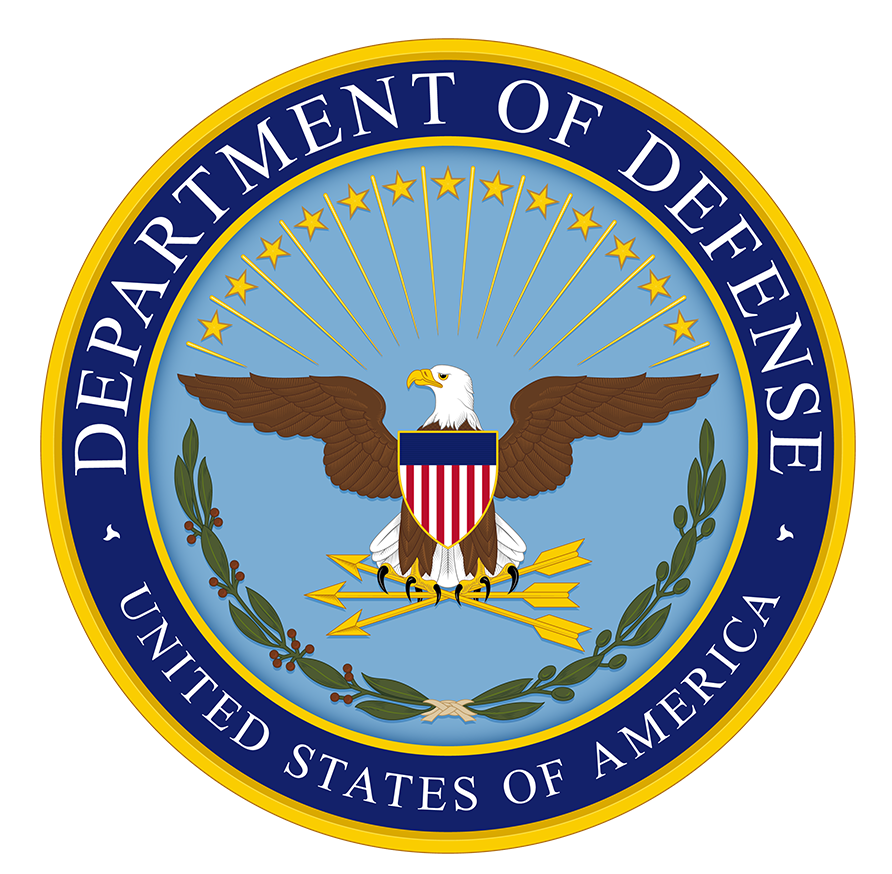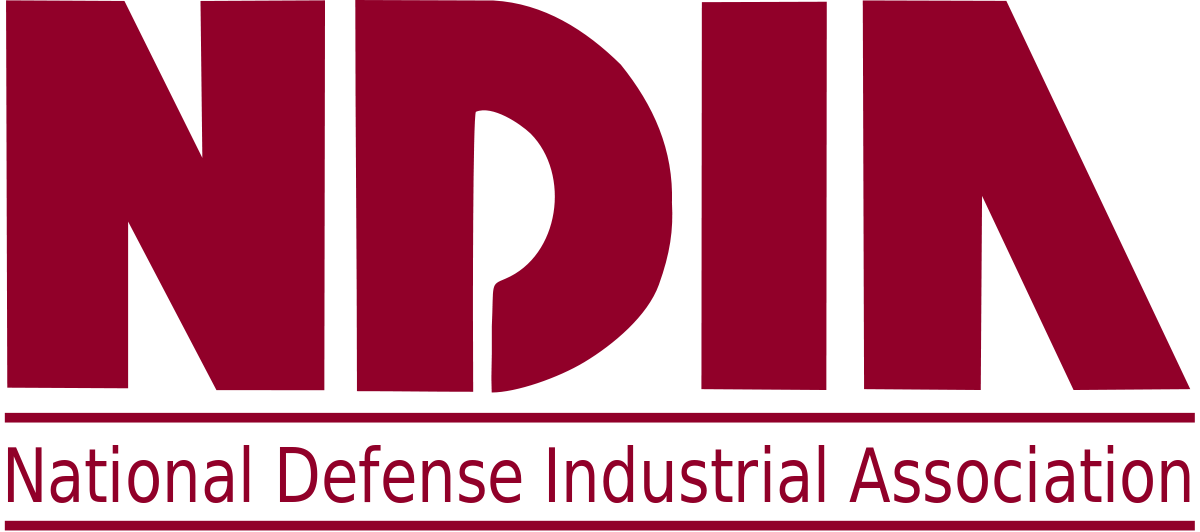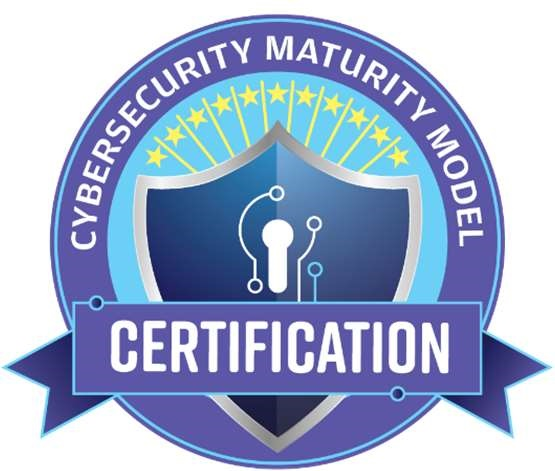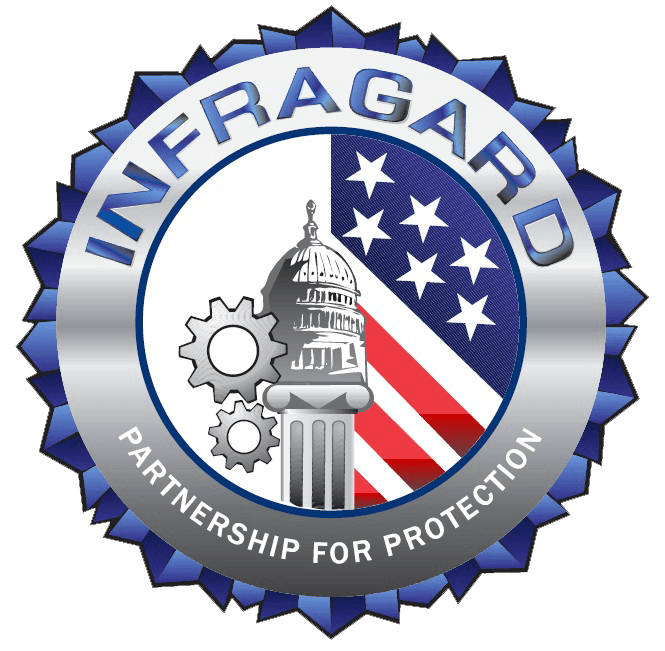Navigating CMMC compliance requirements can seem daunting, but understanding your organization’s scope and boundaries is the first step toward a smoother path to compliance. As federal contractors are increasingly required to comply with CMMC, protecting Controlled Unclassified Information (CUI) through robust cybersecurity practices is paramount. This blog breaks down the critical aspects of CMMC compliance, focusing on how defining boundaries is essential to meeting the CMMC compliance requirements cybersecurity framework.
What Are CMMC Compliance Requirements?
The CMMC (Cybersecurity Maturity Model Certification) is a comprehensive framework that outlines the cybersecurity practices needed to protect sensitive information across the Defense Industrial Base (DIB). One of the most critical components of CMMC compliance requirements is ensuring that your organization has the proper technical controls to protect CUI. These controls include firewalls, access control mechanisms, and data encryption, which form the backbone of your cybersecurity infrastructure.
Why Defining Boundaries is Crucial for CMMC Compliance
One of the most critical considerations regarding CMMC compliance requirements for cybersecurity is defining your organization’s scope and boundaries. The boundary refers to the perimeter of your IT environment where sensitive data, including CUI, is processed, stored, or transmitted. To comply with CMMC compliance requirements, organizations must ensure that these boundaries are clearly defined and adequately protected.
Steps to Define Scope and Boundaries for CMMC Compliance
Successfully defining the scope and boundaries of your CMMC compliance requirements involves a few key steps:
- Capture All CUI-Related Contracts – Start by identifying all contracts requiring CUI handling. These contracts define the boundaries of your CMMC compliance requirements and determine the systems that will undergo assessment.
- Map CUI Flows Across Systems – Next, document how CUI enters your organization, what systems handle it, and how it is transmitted. This will allow you to visualize your organization’s compliance boundaries and ensure all assets within the boundary are protected according to CMMC compliance requirements.
- Establish Boundaries Using Security Controls – Once you’ve mapped out the CUI flows, define the boundaries where protection measures must be implemented. This could involve setting up firewalls, gateways, and other boundary protection devices in the CMMC compliance requirements cybersecurity framework.
- Use the Right Tools for Boundary Protection – To comply with CMMC compliance requirements, your boundaries must be protected by tools that monitor, filter, and control data traffic. Implementing intrusion detection systems (IDS), firewalls, and virtual private networks (VPNs) can help secure the flow of CUI across your organization.
Common Pitfalls to Avoid
While defining CMMC compliance requirements and cybersecurity boundaries, many organizations face challenges such as:
- Overcomplicating the Scope: It’s easy to assume that boundaries must cover all systems, but sometimes, simplifying your scope can lead to more manageable compliance efforts.
- Missing CUI Flows: If even one CUI flow is missed, it can jeopardize your compliance status. Ensure every CUI instance is accurately documented and falls within the defined boundaries.
- Neglecting User Behavior: Employees are often the weakest link in cybersecurity. Ensuring that staff are educated on boundary protection and handling CUI properly is just as important as implementing technical controls.
Best Practices for CMMC Compliance Requirements
To streamline your journey to full compliance with CMMC compliance requirements cybersecurity, follow these best practices:
- Update Your Asset Inventory Regularly: To stay compliant, ensure all assets handling CUI are tracked and updated in your inventory.
- Map Data Flows Accurately: Thoroughly document how CUI moves through your organization, ensuring you get all the flows and data pathways.
- Implement Boundary Protection Devices: Use the necessary tools like firewalls and encryption to monitor and secure your environment’s defined boundaries.
- Collaborate with Employees Handling CUI: Educate and collaborate with employees working with CUI to ensure compliance efforts are accurate and effective across all workflows.
Conclusion: Protecting CUI with Clear Boundaries for CMMC Compliance
Defining clear boundaries and properly scoping your systems and data flows is vital to meeting CMMC compliance requirements for cybersecurity. By following the steps outlined in this blog and ensuring that all in-scope assets and data are adequately protected, your organization will be better positioned to pass CMMC assessments and safeguard sensitive information. Whether you’re handling CUI in a small or large environment, clear boundaries and the proper technical controls are essential for success.
Cuick Trac helps federal contractors meet CMMC compliance requirements with an easy-to-use platform designed to streamline the process of capturing CUI flows, managing your compliance boundaries, and ensuring that all cybersecurity requirements are met.
The responsibility for CUI markings is shared among multiple stakeholders, including designating officials, information owners, program managers, employees, and contractors. Ensuring that CUI is properly marked is crucial for protecting sensitive information and maintaining compliance with federal regulations. By following best practices and addressing common challenges, organizations can improve their CUI marking processes and safeguard important information effectively.






